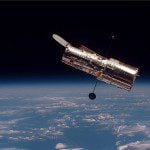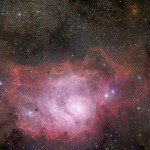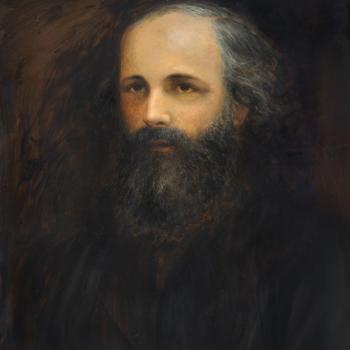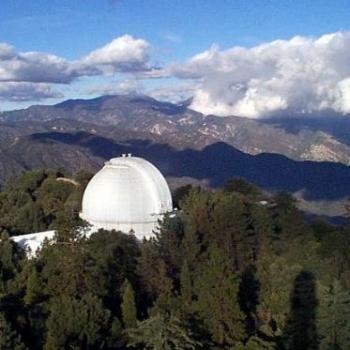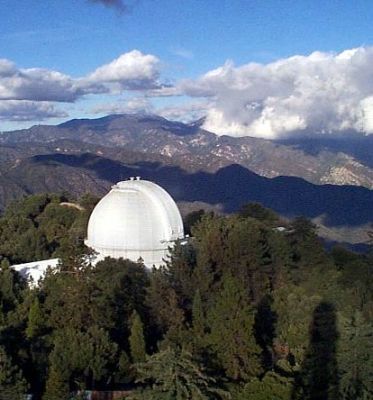
(NASA public domain photograph)
I grew up fairly near to Pasadena’s California Institute of Technology (Caltech) and typically drove by it, with my parents and then on my own, at least once or twice a month and probably, on average, just about every week. There was, in my mind, a sense of almost mystical awe around the place. Not terribly much further, though it wasn’t part of my neighborhood the way Caltech was, was the famous Jet Propulsion Laboratory (JPL) in La Cañada Flintridge, right on the edge of Pasadena, which is owned by the National Aeronautics and Space Administration (NASA) and which is operated on behalf of NASA by Caltech. We would occasionally drive by it enroute to this or that destination in the high desert and elsewhere. One of the bishops of my teenage years was an engineer and rocket scientist at JPL.
These things influenced me in multiple ways, and probably go at least some distance to accounting for my continuing fascination with space and cosmology. As I’ve said here before, I might well have become an astronomer had my eyesight not been so bad; at a certain point, seeing the stars as no more than blurs (before I realized why, and that others didn’t) blunted my ambitions in that direction.
***
The history of astronomy is a history of receding horizons. . . . The explorations of space end on a note of uncertainty. And necessarily so. . . . We know our immediate neighborhood rather intimately. With increasing distance, our knowledge fades, and fades rapidly. Eventually, we reach the dim boundary—the utmost limits of our telescopes. There, we measure shadows, and we search among ghostly errors of measurement for landmarks that are scarcely more substantial. The search will continue. Not until the empirical resources are exhausted, need we pass on to the dreamy realms of speculation. (Edwin Hubble, The Realm of the Nebulae)
***
Allan Sandage (1926-2010) was one of the most influential astronomers of the twentieth century. A graduate of the California Institute of Technology and the leading protégé of Edwin Hubble, he discovered the first quasar and was the first to determine reasonably accurate values for the “Hubble constant” and for the age of the Universe. I learned only too late (since I would have loved to meet him), that he was a neighbor of mine in San Gabriel, California, where I grew up.
In 1983, in his late fifties, Dr. Sandage announced that he had become a Christian.
This is what Sandage said. This is what Allan Sandage said:
It was my science that drove me to the conclusion that the world is much more complicated than can be explained by science. It is only through the supernatural that I can understand the mystery of existence.



